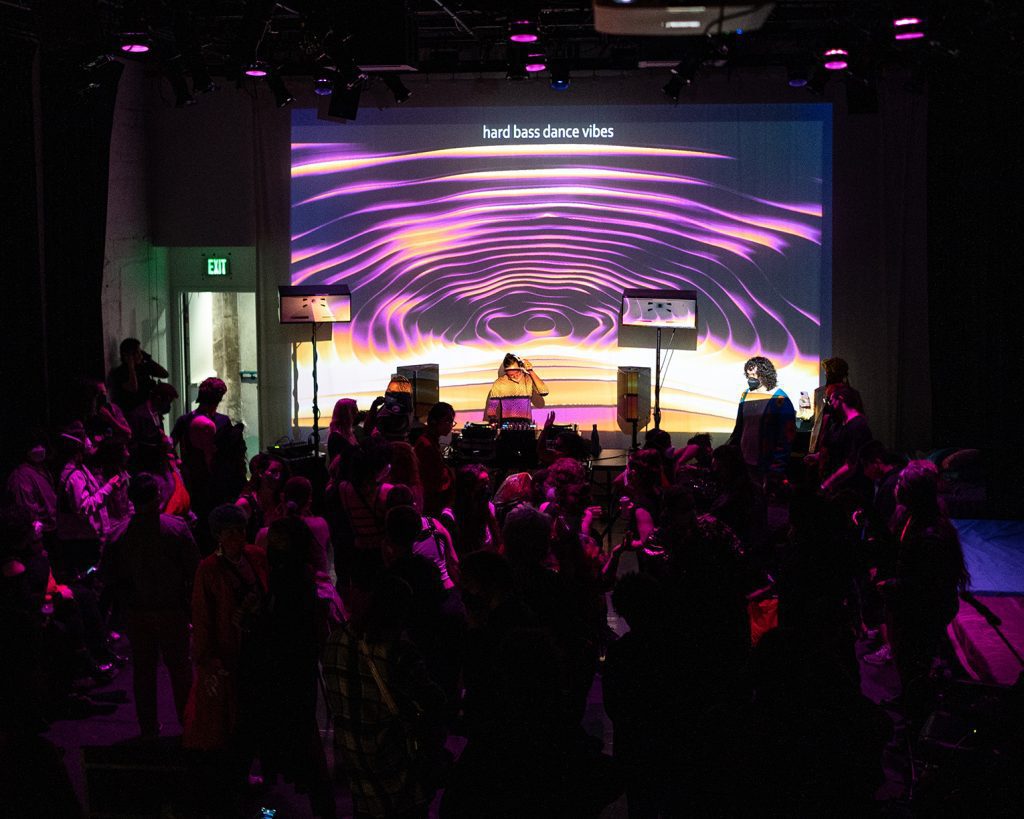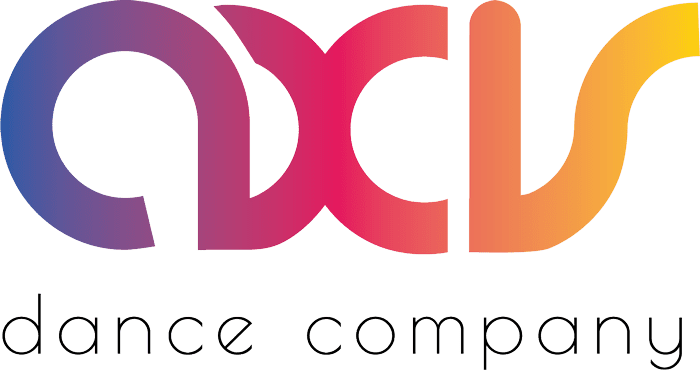Consider that accountability is about measuring your progress. How will you know if you’ve achieved the goals you have identified? If you don’t have a clear and feasible way to assess and mark your movements through accessibility, you’ll likely feel like this work is only ever slow and energy-intensive. Not true!

Photo by Robbie Sweeny of Crip Ecstasy
When you’re measuring your progress, you’re also narrating your journey. This is important internally as a form of documentary and archival practice. It’s also important externally, as a way to share with others what you have done and where you are going. Plus, more funders are requiring information about access in grant applications and reporting.
Accountability can be thought of as how you handle the differences that arise between what you planned to do and how it actually turned out. If you’re not accounting for these differences, you’re limiting the full potential for access as a transformative process.
If we think of accountability like this, we can understand how it is connected to governance and decision-making (i.e., accountability as what needs to happen when harm is done). How we respond to inevitable mistakes defines our commitment to accessibility.
Questions
- Do you already have a system in place to document accountability?
- If so, what are ways in which you can include access?
- Do you spend time on training about access and Disability Justice?
- Do you have a harm-reduction system in place?
Resources
-
Disability Justice: An Audit Tool
-
Self evaluation toolkit (Dance/NYC)
-
Fractured Atlas: Accessibility Checklist for Venue Managers
-
Audition Guidelines Accessibility
-
UK: Equity Casting Guide for Deaf, Disabled and Neurodiverse Dancers
-
Vital Capacities: Developing Accessible Digital Residencies
-
UK Dance Access Working Group
-
Pay Rate for Access Workers Now (PRAWN )
-
Accessibility Self Assessment (Open Door Arts)
